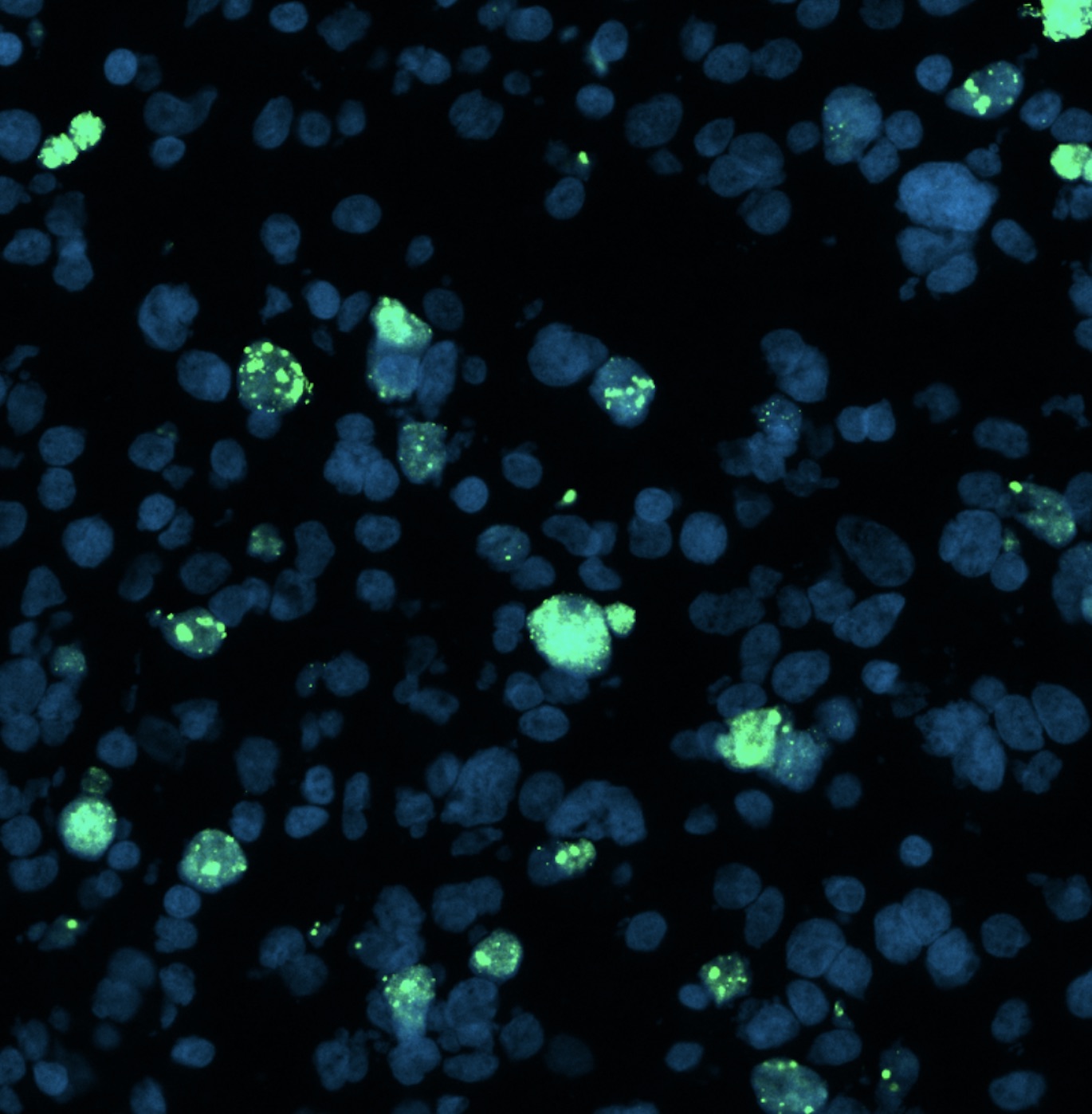Glioma is a common type of brain tumor that originates from glial cells including astrocytes, oligodendrocytes and ependymal cells, all of which provide support to neuronal cells. High grade gliomas (Grades III and IV) are aggressive tumors with complex heterogenous tumor microenvironments (TMEs). The current treatment for gliomas is dependent on the grade and includes a combination of tumor resection, chemotherapy, tumor-treating fields (TTF), radiation, and targeted molecular therapies. Despite technological advances in these procedures, patient prognosis remains dismal with a mean survival of 14 months for grade IV gliomas. Poor prognosis is attributed to treatment resistance and recurrence associated with increased tumor heterogeneity and the TMEs.
Recent research from Dr. Nathalie Agar’s Lab at Brigham and Women’s Hospital has demonstrated that specific tumor populations are associated with distinctive metabolic signatures. The aim of this research project is to analyze cellular heterogeneity and metabolomics in different grades of glioma. We hypothesize that different TMEs exhibit specific metabolic signatures that correspond to glioma grades.
Spatial and neighborhood analysis will be conducted on patient glioma biopsy samples collected from neurosurgeries performed in the Advanced Multimodality Image Guided Operating (AMIGO) suite. Specifically spatial multiplexed imaging analysis (cyclic immunofluorescence) will be used to investigate cell type populations and neighborhoods across the different glioma samples. Analysis will focus on tumor cell subtypes oligodendrocyte progenitor-like cell, astrocyte-like cells and mesenchymal-like cells) and immune cells (microglia, macrophages and T-cells) across glioma grades. Spatial Matrix-assisted laser desorption/ionization mass spectrometry imaging (MALDI-MSI) will also be used with a focus on small molecule metabolites associated with glycolysis, the citric acid cycle and oxidative phosphorylation. These two data sets will be multiplexed to look for associations between cell type and metabolites.
As brain tumors present a distinct treatment challenge due to recurrence and resistance, this project will help us develop a greater understanding of the TME, cellular composition and metabolic signatures associated with glioma grade. Our goal is to discover more specific and effected targets for treatment development and to inform molecular profiling of tumors for determining treatment options.




